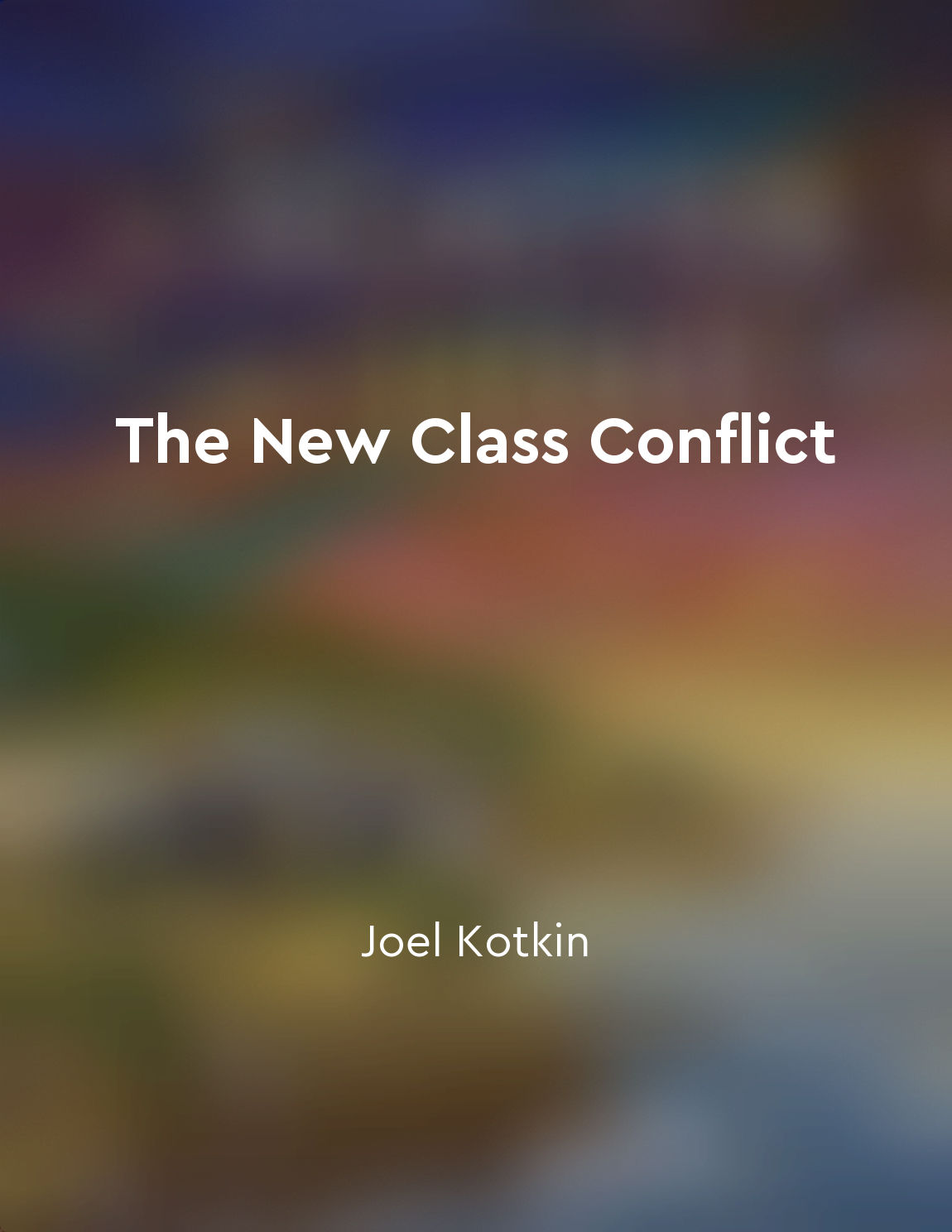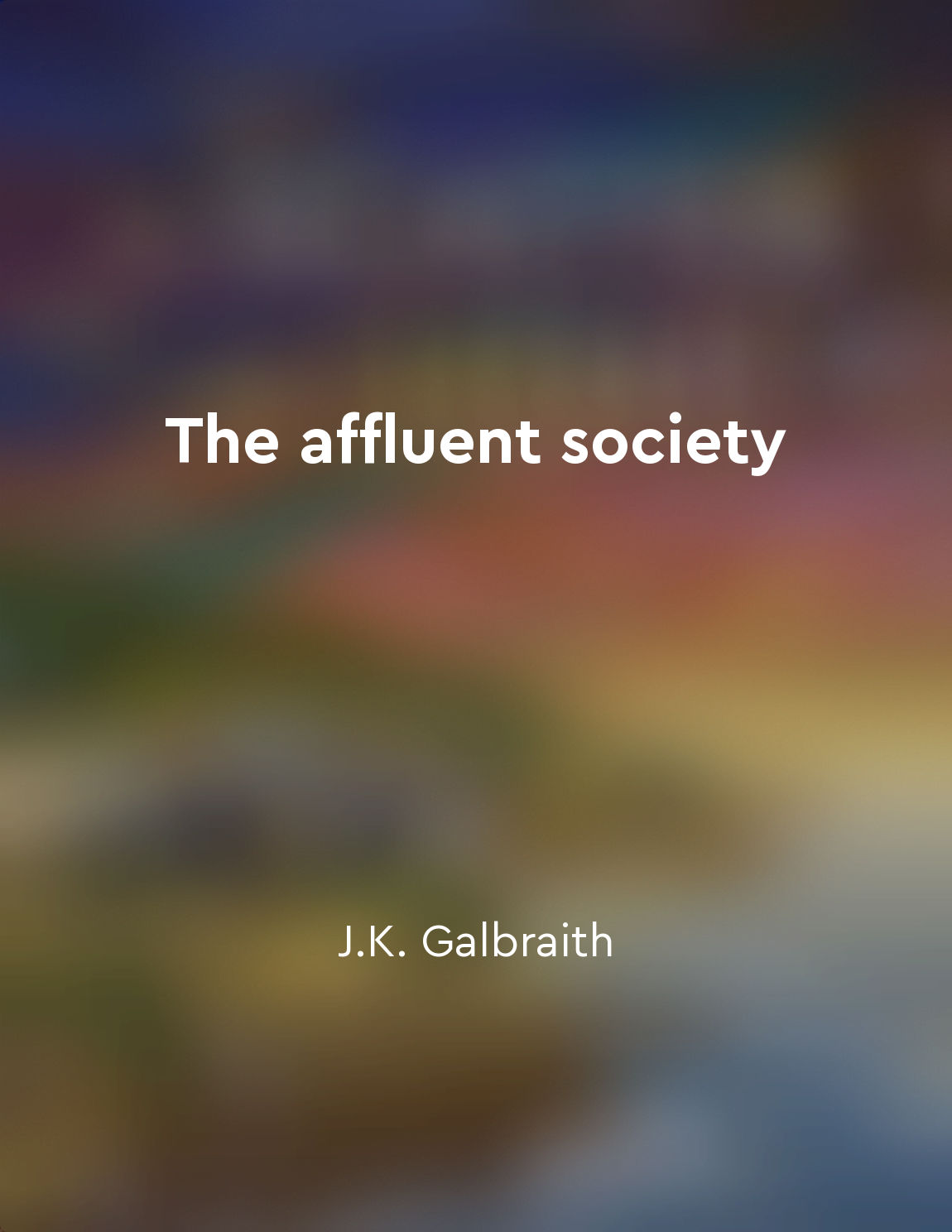Unequal access to education and opportunities from "summary" of The New Class Conflict by Joel Kotkin
One of the key issues highlighted in 'The New Class Conflict' is the stark disparity in access to education and opportunities that exists in society today. This inequality is not just a matter of individuals having different levels of wealth or resources; it is a systemic problem that perpetuates and reinforces social stratification. At the heart of this issue is the unequal distribution of quality education. Those born into affluent families with the means to afford private schools or tutoring are able to access superior educational resources, setting them on a path towards success and advancement. On the other hand, children from lower-income backgrounds often attend underfunded public schools with limited resources and support, putting them at a significant disadvantage from an early age. This disparity in educational opportunities only serves to widen the gap between the haves and the have-nots in society. Those who receive a top-notch education are more likely to secure lucrative jobs and opportunities for advancement, while those with subpar education may struggle to break free from the cycle of poverty and limited opportunities. Furthermore, unequal access to education is closely tied to unequal access to opportunities for economic and social mobility. A lack of quality education can severely limit an individual's ability to compete in the job market, perpetuating a cycle of poverty and marginalization. Meanwhile, those with access to top-tier education are better positioned to climb the social ladder and secure opportunities for success and advancement.- The issue of unequal access to education and opportunities is not just a matter of individual merit or effort; it is a systemic problem that requires structural changes to address. Without meaningful efforts to level the playing field and ensure equal access to quality education for all, the cycle of social stratification and inequality will only continue to perpetuate itself, further entrenching the divide between the privileged few and the disadvantaged many.
Similar Posts

Challenging oppressive systems is essential for progress
It is necessary to confront and dismantle oppressive systems in order to make any real progress in the fight against racism. Op...
Policy decisions have a significant impact on education outcomes
Policy decisions in the realm of education hold immense power and influence over the outcomes and experiences of students, part...

Influence of cultural values on class distinctions
Cultural values play a significant role in shaping class distinctions in society. These values are deeply ingrained in individu...
Western values are under attack
In the West, our values are under siege. Our traditions, heritage, and way of life are being eroded by forces that seek to unde...
Knowledge is not neutral; it reflects the perspectives of those in power
The idea that knowledge is not neutral but rather reflects the perspectives of those in power is a central theme in discussions...

Education is lacking
The problem of education is a pressing concern in our society. One cannot help but notice the lack of proper education among th...

Corporate power contributed to economic disparities
In the modern economic landscape, the influence of corporate power cannot be overstated. It is a force that shapes not only the...

Importance of addressing economic disparities
Addressing economic disparities is crucial for maintaining a functioning society. The growing divide between the haves and the ...

